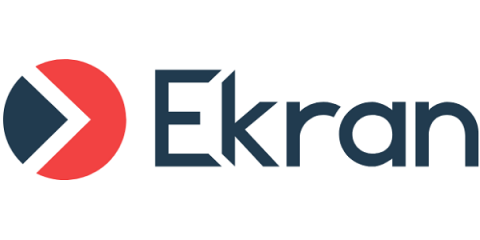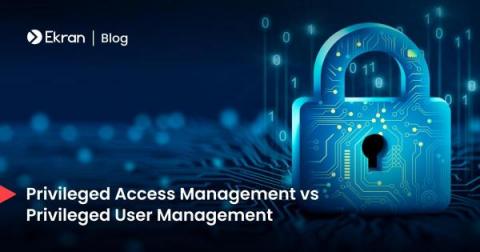Focusing On Productivity Helps Reduce Insider Risk
Many companies are concerned by the uptick in insider risk that’s come with the work-from-home boom. By one estimate, 58% of office workers work from home at least one day a week. This trend creates blind spots for companies. Managers see their employees less often, people work off network and on personal devices, and they keep schedules that don’t adhere to the previous more predictable hours.









